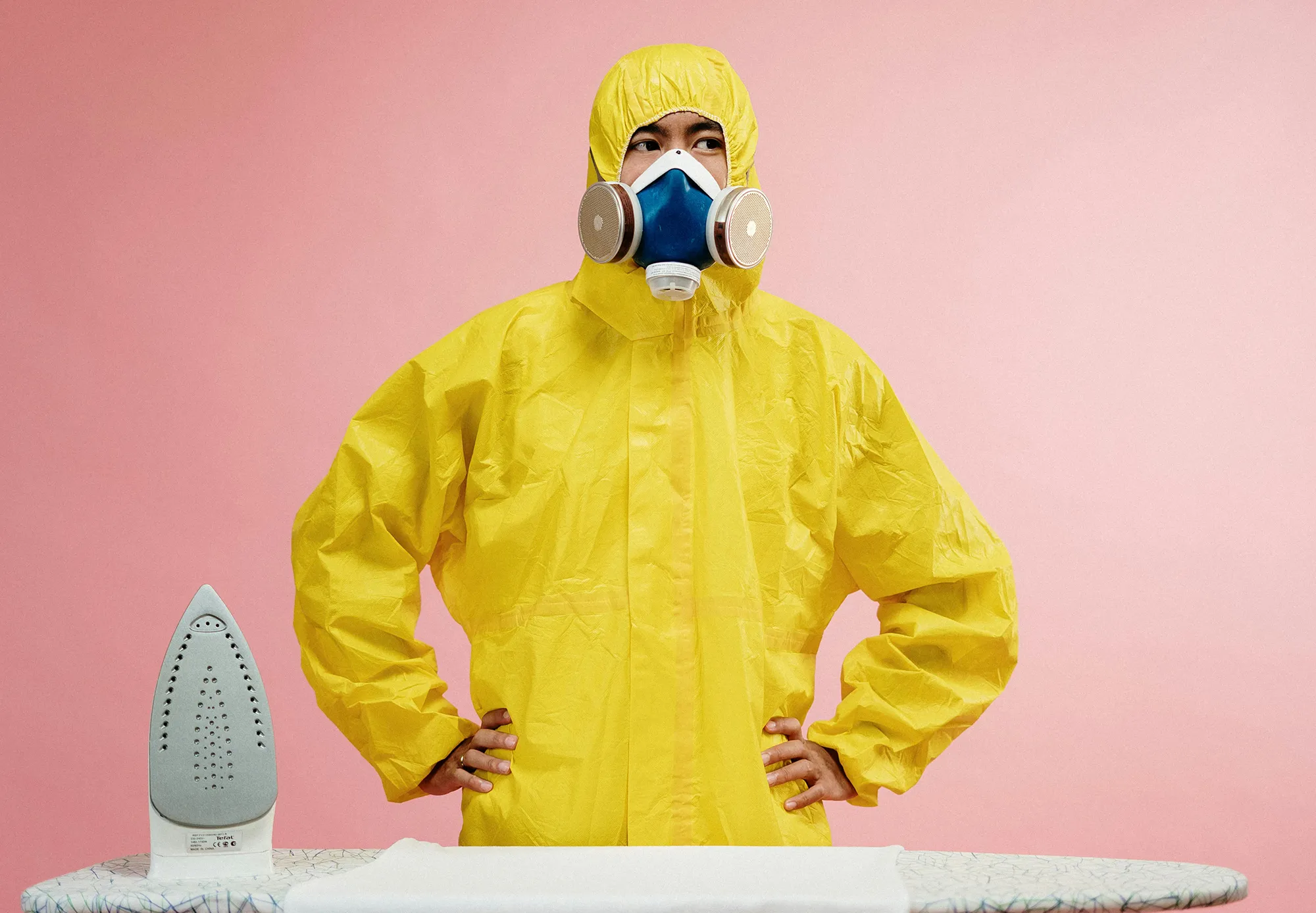I started off the health optimization strategies by covering water filtration. And I thought, why not go for another simple, low hanging fruit before jumping into more complex topics?
So that’s what I’ll do. To the extent that we’ll keep this article on the short side and only focus on one element.
CO2 – The hidden danger that you probably hadn’t considered
Nowadays, homes are built for maximum efficiency. Keep that heat or AC from getting loose! Unfortunately, this means you can also trap pollutants and greenhouse gases that you might not want.
CO2 is one of those.
What is a safe or optimal level of CO2?
Outside air is generally around 450ppm.
What might you expect to see the indoor air look like in the morning for a well insulated apartment housing a few people? 2000ppm or more!
What happens when you start climbing above 1000ppm? Headaches, nausea, drowsiness, blood pressure increase, and other negative impacts like poor sleep quality.
In fact, CO2 is so impactful, that this Harvard study showed a cognitive assessment improvement of 101% on days with low CO2.
Really? Yes. Here’s the chart:

So what should I do?
Fortunately, reduction of CO2 is one of the easiest interventions you can do.
Just open your windows and air out the house. Open one window on each side, create a draft, and pull some fresh air in.
If you live in an area with great weather – consider sleeping with windows open. The sleep benefits may be profound. And we all know how important good sleep is.

Can I monitor this?
Yes, of course you can.
You need to know that you have high CO2, right?
I have an air quality monitor in every house I own plus my offices.
I use an AirThings View Plus monitor, which provides me instant readings on the screen, but also more comprehensive tracking through the app of all of the major air pollutants in my home.
What I like is that it also covers Radon – another important and potentially dangerous gas that can usually be lowered by simply airing out the house. Radon is a “must know” for its potential to impact your health long term.
The monitor also covers your typical pollutants like VOC’s and PM2.5 – which I’ll cover in another post when we tackle air purifiers.

But for now, the lesson is to measure! You can’t manage what you can’t measure. So grab an air quality monitor that fits your budget – but covers at least PM2.5, VOC, and CO2 – and keep an eye on your levels. Your air quality may be having a larger impact on your cognitive and daily well-being than you realize.
And keep your house aired out!

No Responses